This article was first published in 2019.
Happenings
Observability is effectively a process of tracking change. At the level of a measurement device, software or hardware-based, change is the difference in the value of two observations taken at distinct points in time. This change detection via differencing is sometimes called static or happened change. Observability is all about happenings. There are other changes that application monitoring and management solutions focus on, but I’ll stay with the happened-change for this article. However, it should be noted that one or more changes can infer another change, such as a sequence of signals indicating a particular state of affairs (quality) for a service.

Information
Change is often equated with information, what is different, and how significant, but it is foremost a multi-layered process. Take a smartwatch with a sensor that can measure the heartbeat rate of a wearer. The watch can perform a reading and store and compare readings over time. At the application level, these changes are consumed and related to one or more changing contexts, such as the type of activity performed and the time and place of the occurrence. Change is bound to cause, time, and motion. Why do people buy watches with such capabilities and install applications that contextualize and track changes? Because they invariably want to monitor their health and change it. They want to steer the control of the change detected and derived from layers below and relate it to goals, intents, plans, and actions.

Sustainability
Regarding information technology service management (ITSM), change takes on the dimensions of direction and speed. Change always comes with some cost, but there is an expectancy that it’ll be offset by added value and increasing agility (the ability to change). Change can be a loss (negative) or gain (positive). Change builds on the outcome of past changes, leading to accelerated growth or increased decline. When a change goes awry, it results in a costly disruption to work, disorientation of teams, and degradation of flow, resulting in teams expensively switching course and generating even more change to correct and contain a past change. There is no changing the past; there is only new change, such as rollback, repair, and rework. All organizations want to spend most of their time and budget delivering change through improvements, integrations, and innovations. They want to keep this course, knowing that there are many positive reinforcing feedback loops to tap into, leading to higher forms of self and situational awareness, as well as technology advancement and accelerated adoption. But there are natural limits to growth and unconstrained acceleration of change, and why mature organizations eventually move from observability to monitoring and controllability to ensure sustained growth through agile change management.

